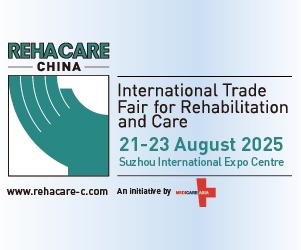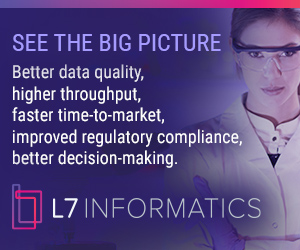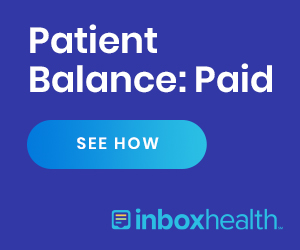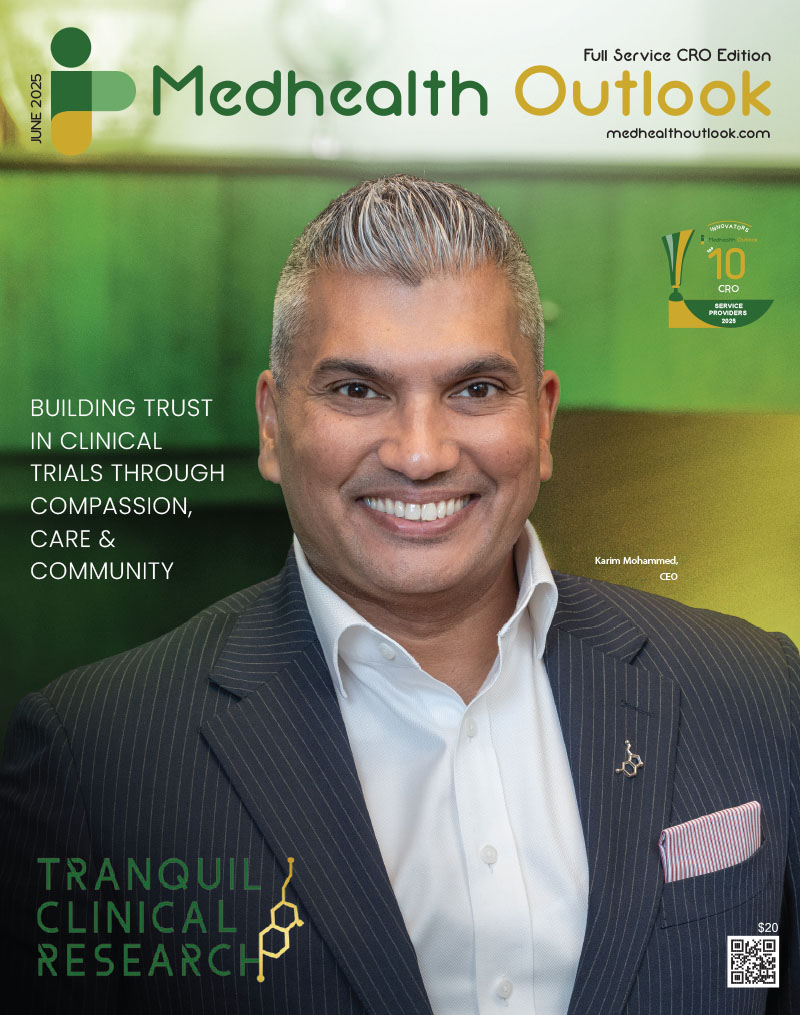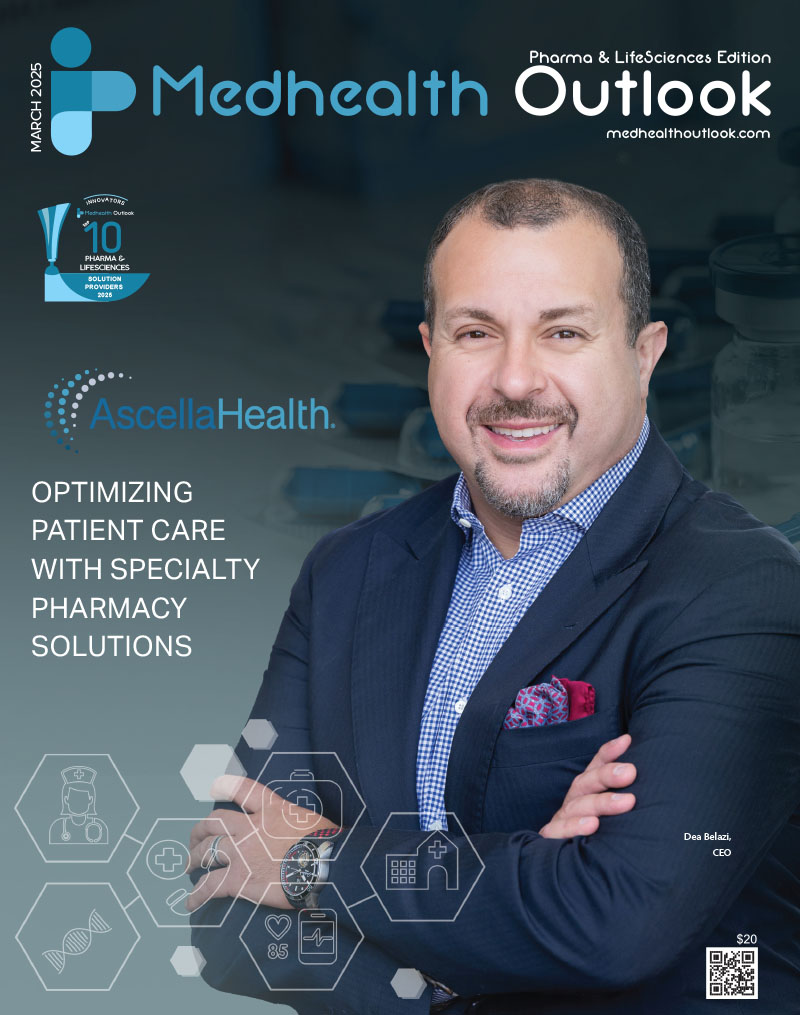RCM, which encompasses everything from appointment scheduling and medical billing to claims processing and payment collection, can quickly become overwhelming without the right tools and processes. So, technological advances aimed to simplify revenue cycle management are in extremely high demand. For this reason, the healthcare revenue cycle management market in the U.S. is projected to reach$257 billion by 2028.
The goal of RCM in healthcare is to optimize financial performance by maximizing revenue and minimizing costs. This can be achieved through various means, such as automating manual tasks, improving communication and collaboration between stakeholders, and increasing transparency throughout the process. The right technology can help you achieve all of these things and more.
How You Can Improve Healthcare Revenue Cycle Management with Technology
Mismanagement of the revenue cycle process can breed financial losses that threaten to sink any healthcare facility. So, it’s crucial to have technology working for you, not against you. Here are three ways that healthcare RCM can be optimized with the help of technology:
- Automation of Tasks
- Smart Analytics
- System Integration
Healthcare facilities that rely on outdated technology miss out on crucial opportunities to optimize their RCM. By automating specific tasks, utilizing analytical tools to make data-driven decisions, and integrating disparate systems, healthcare organizations can improve their bottom line and better serve their patients.
Automation of Tasks
Automation is one of the most effective ways to improve efficiency and accuracy in the healthcare revenue cycle. By automating repetitive and time-consuming tasks, staff can focus on more important tasks, such as providing quality patient care.
There are several ways to automate RCM in healthcare, but some of the most common include:
- Appointment scheduling: Automated appointment scheduling reduces no-shows and last-minute cancellations.
- Medical billing: Medical billing automation improves claims accuracy and expedites reimbursement.
- Claims processing: Claims processing automation reduces denials and increases first-pass payment rates.
- Payment collection: Automated payment collection reduces AR days and increase free cash flow.
Smart Analytics
Analytics is a game-changing aspect of effective healthcare revenue cycle management. By tracking key performance indicators (KPIs) and using data to make informed decisions, organizations can identify risk factors early and take action to prevent them from becoming costly mistakes.
Some of the most common KPIs tracked in healthcare RCM include:
- Claims submission rates
- First-pass payment rates
- Days in accounts receivable
- Denials rates
- Accounts receivable turnover ratio
System Integration
System integration is integral to successful revenue cycle management. By integrating disparate systems, organizations can automate tasks, improve communication, and make data-driven decisions.
Some of the most common systems that are integrated in healthcare RCM include:
- Practice management systems (PMSs)
- Billing and coding systems
- Claims processing systems
- Electronic health records (EHRs)
- Payment processing systems
Integrating these systems can help to improve efficiency and accuracy in revenue cycle management.
What to Look for in a Healthcare Revenue Cycle Management Tool
What’s in a good healthcare RCM tool? Experts differ on their recommendations, but there are a few key features that any good RCM tool should have, and we’ll cover a few of them in the list below.
- A healthcare-specific interface. An RCM tool should be designed specifically for healthcare facilities, containing all the features and functionality you need to manage your revenue cycle effectively. It should also have transparent workflows that align with your facility’s unique processes.
- Real-time tracking of pertinent data. The tool should provide you with real-time monitoring of relevant data points throughout the revenue cycle. This data should include claim status, denial rates, reimbursement rates, and more.
- Automation capabilities. The tool should be able to automate key tasks and processes in the revenue cycle. This includes claims submissions, eligibility verification, and claims denial management.
- HIPAA Compliance. The tool should be HIPAA compliant to ensure the privacy and security of your patient’s health information.
- Support and Training. The tool should come with adequate support and training to help you get the most out of it. There should be a robust knowledge base and live customer support to answer any questions you may have as you become acclimated to the software.
- Cloud storage. The tool should offer cloud storage to allow you to access your data from anywhere, at any time.
Good revenue cycle management is not an unattainable goal. With targeted technology-based tools, you can optimize your revenue cycle and improve your bottom line. Use the information in this article to get started on the path to better revenue cycle management today.






